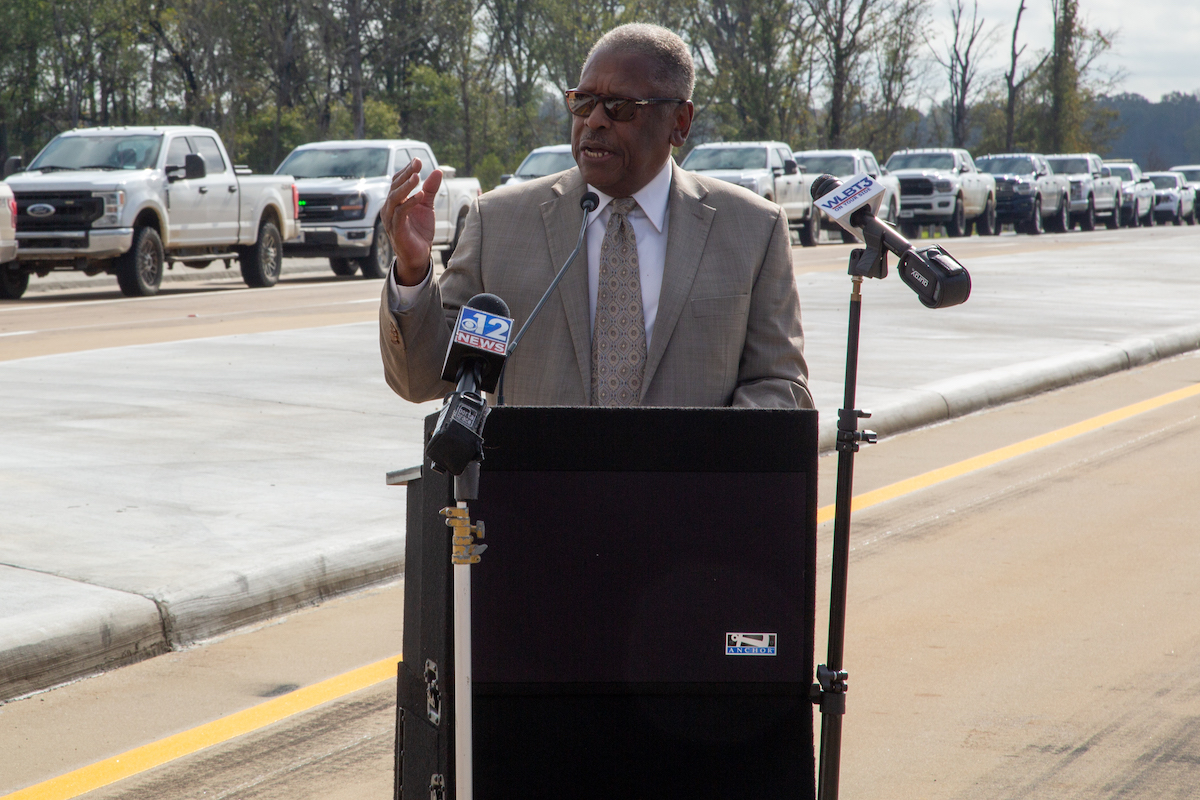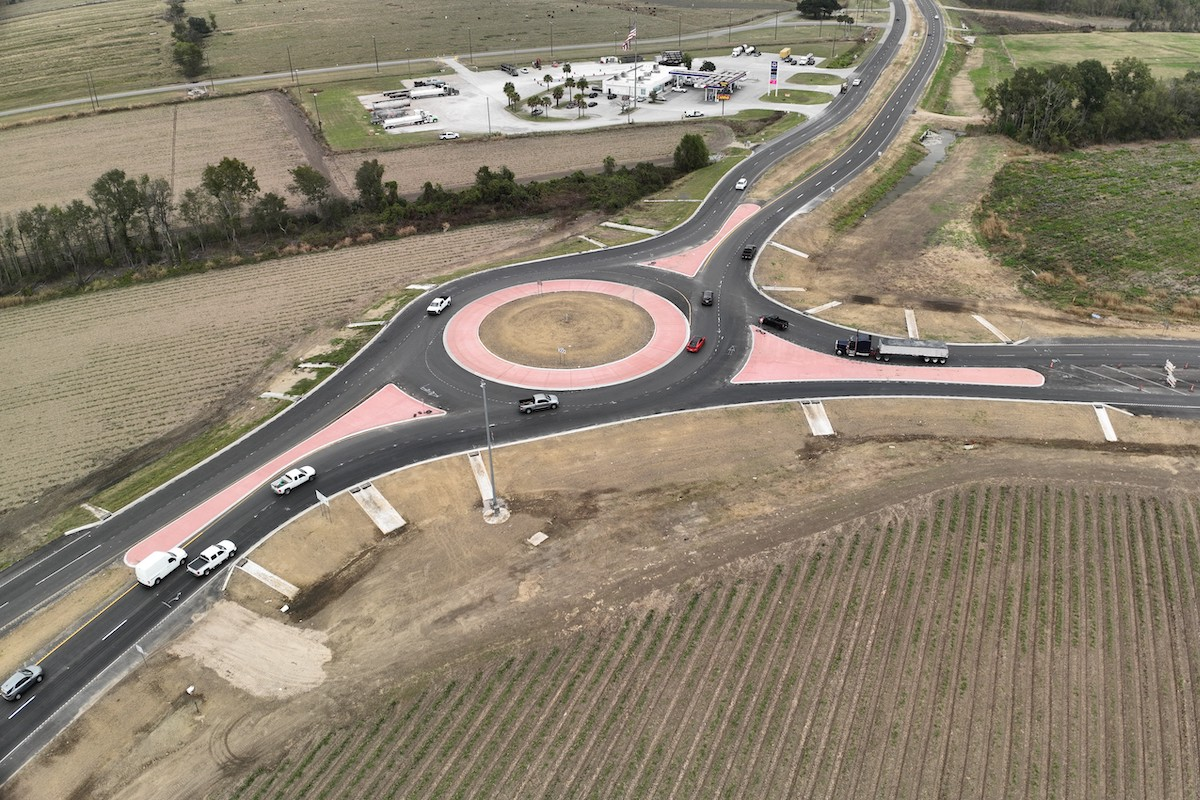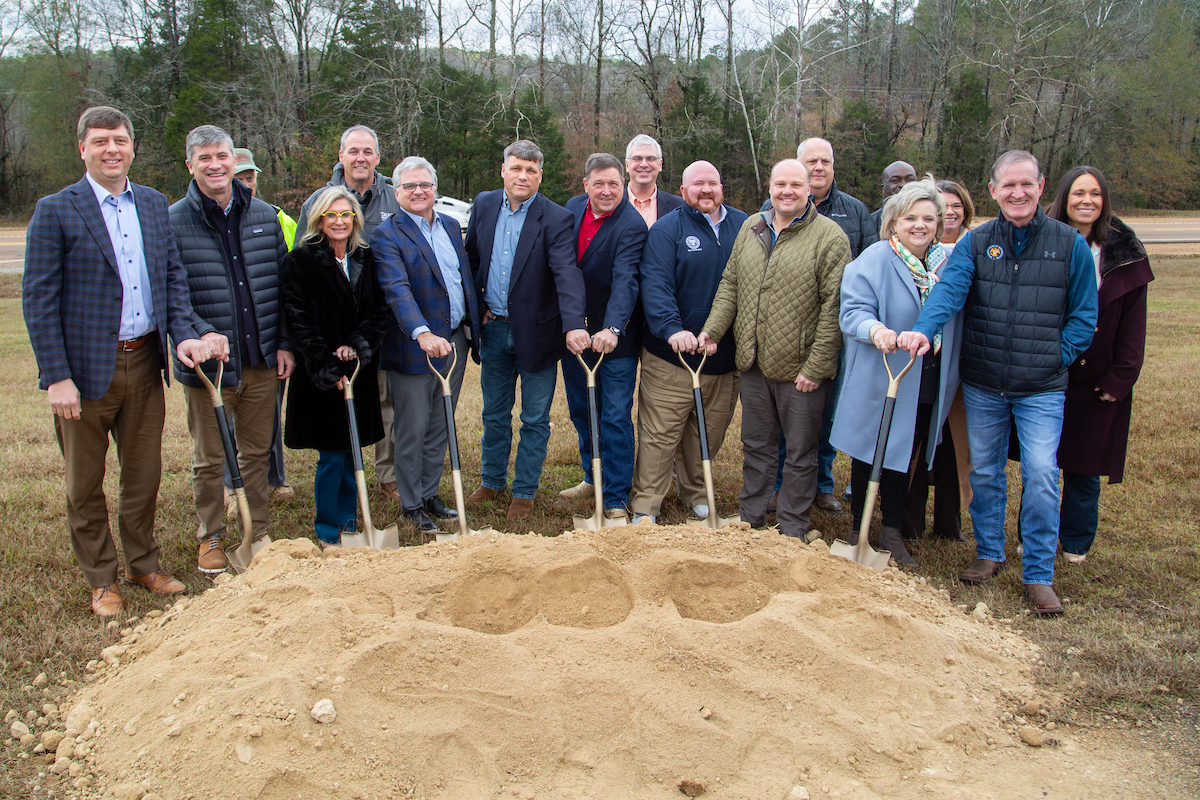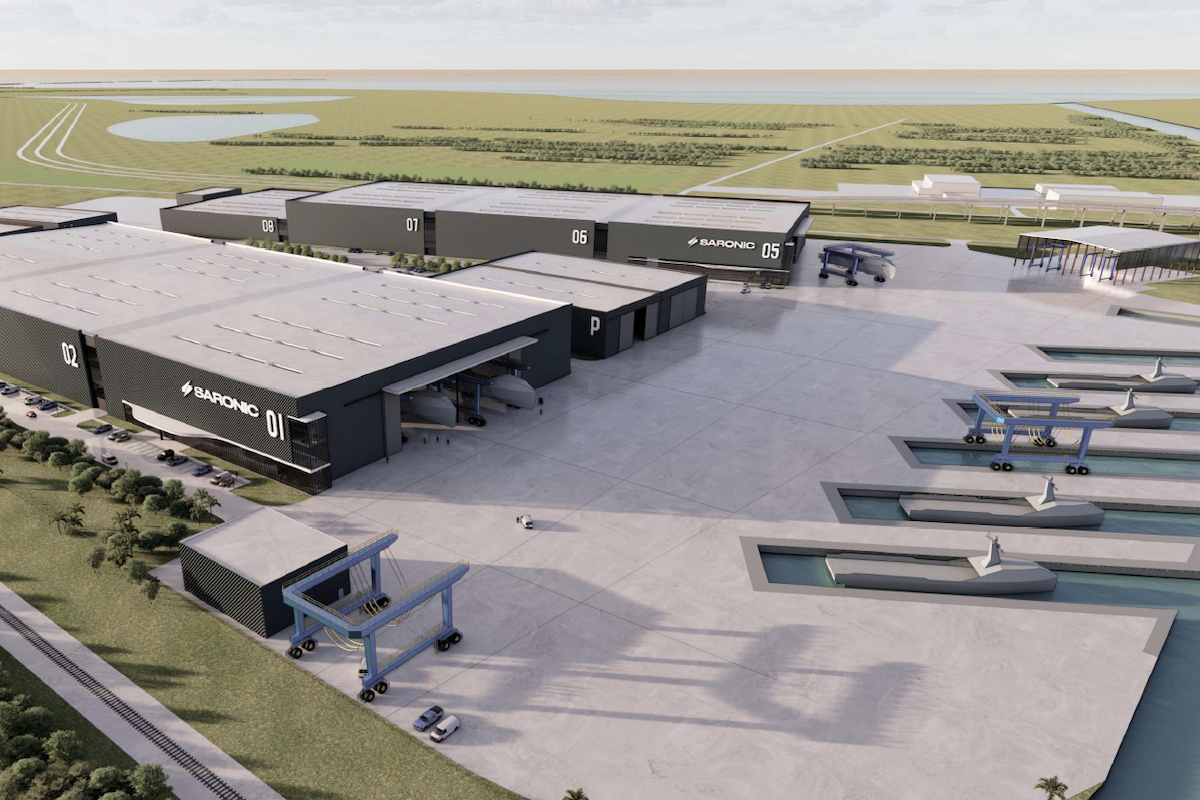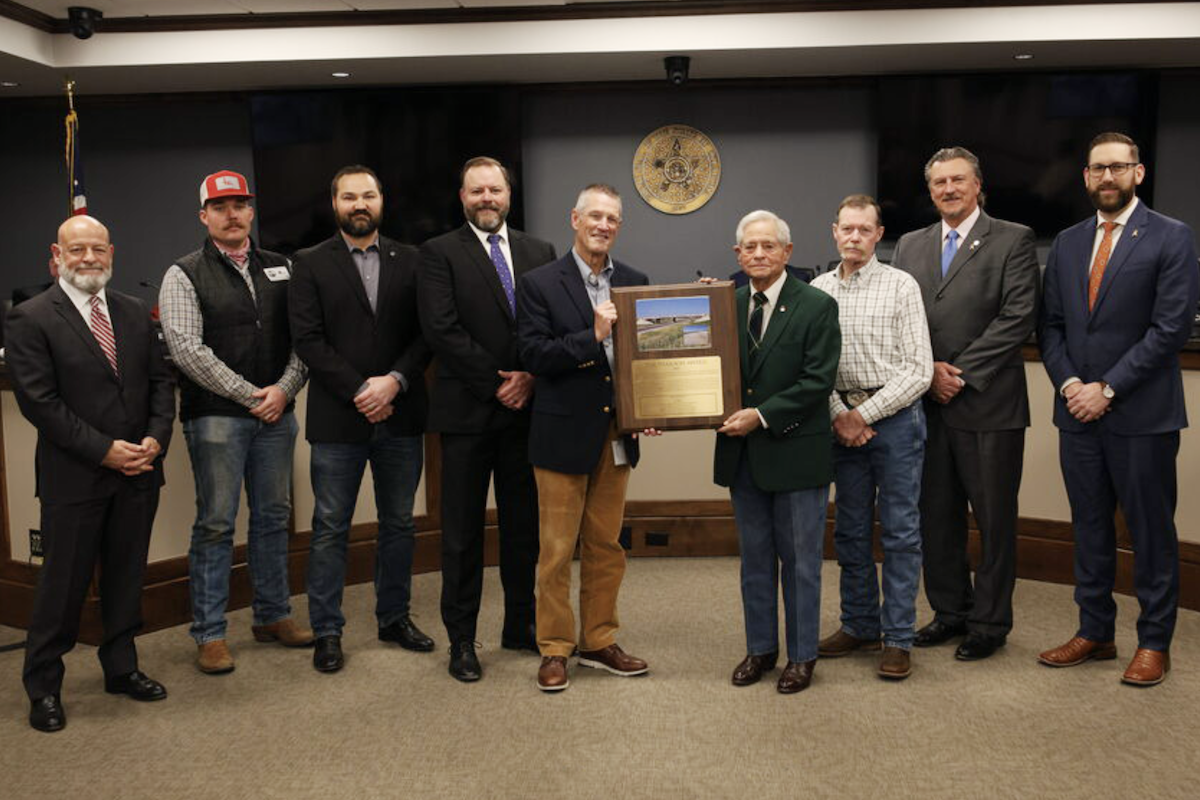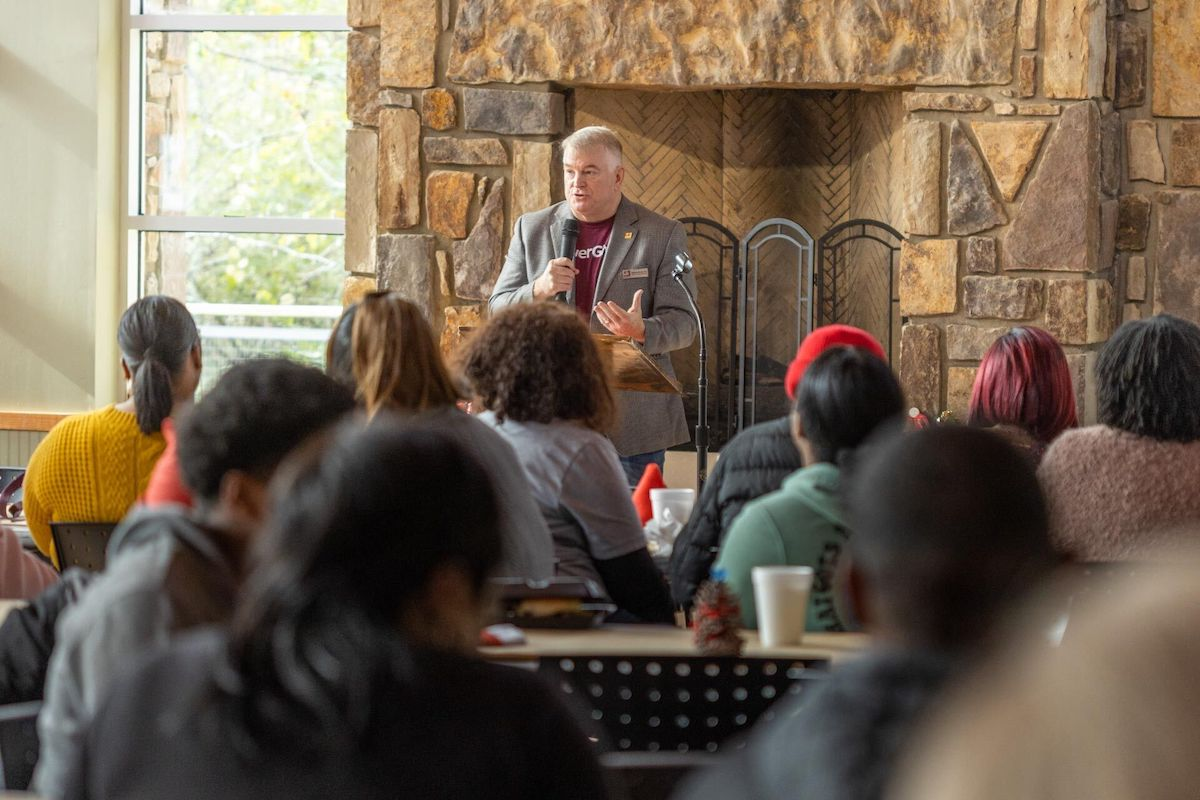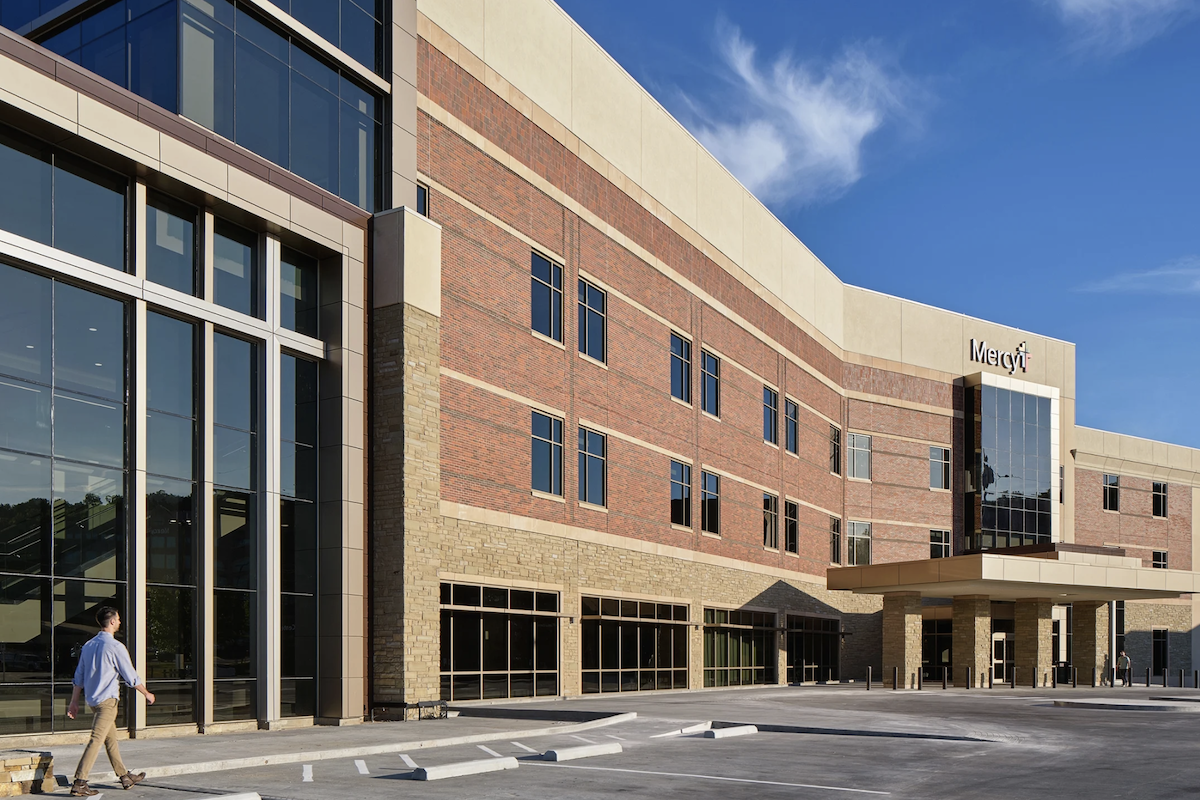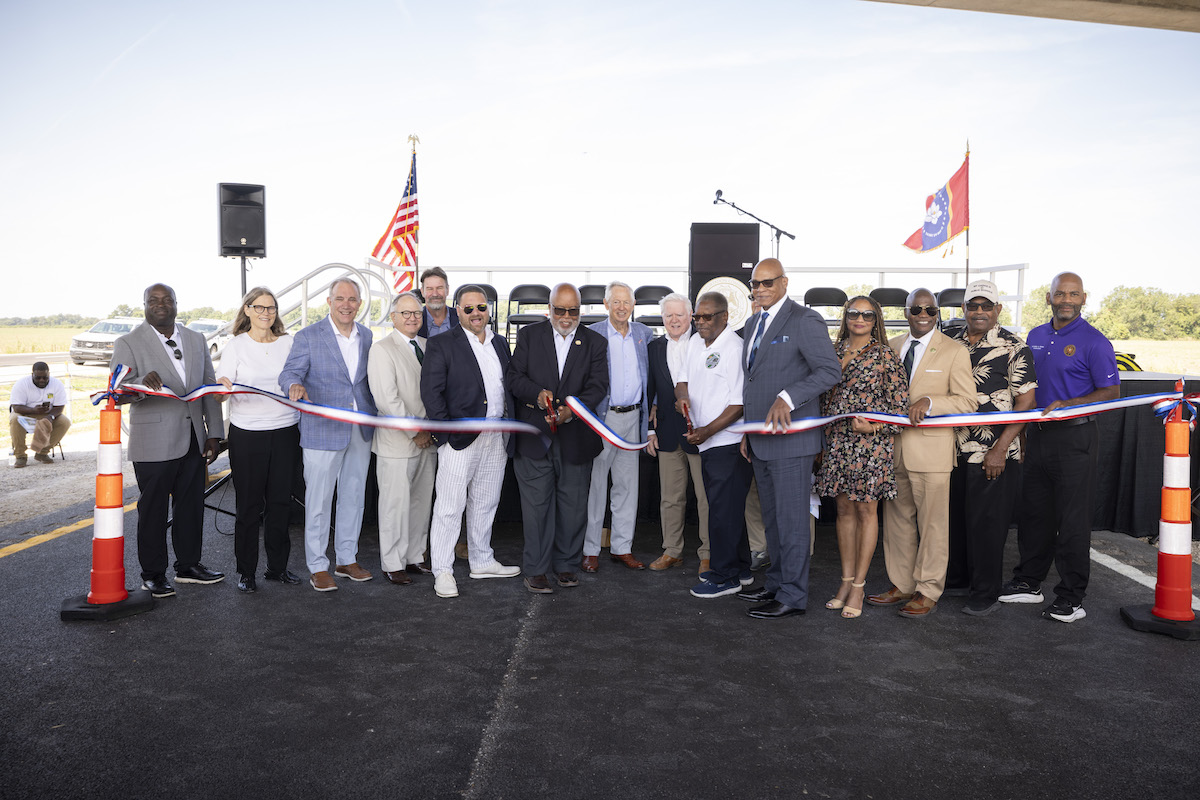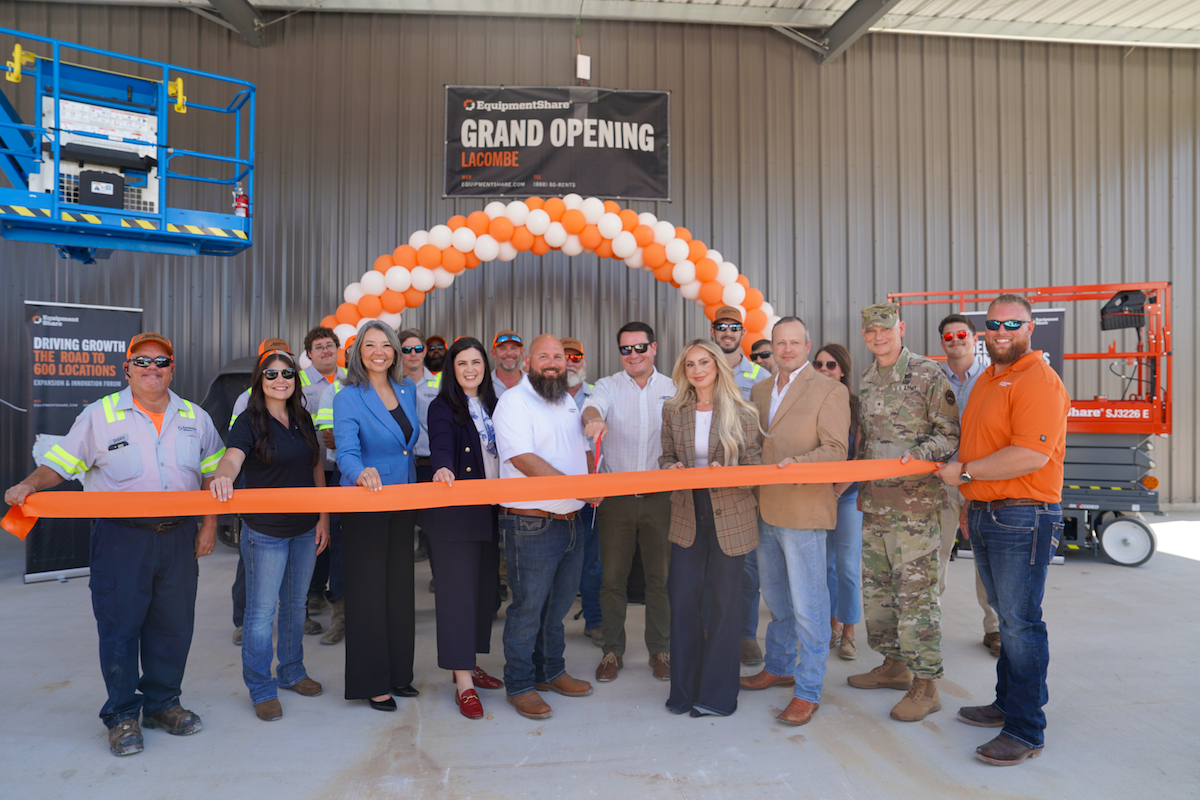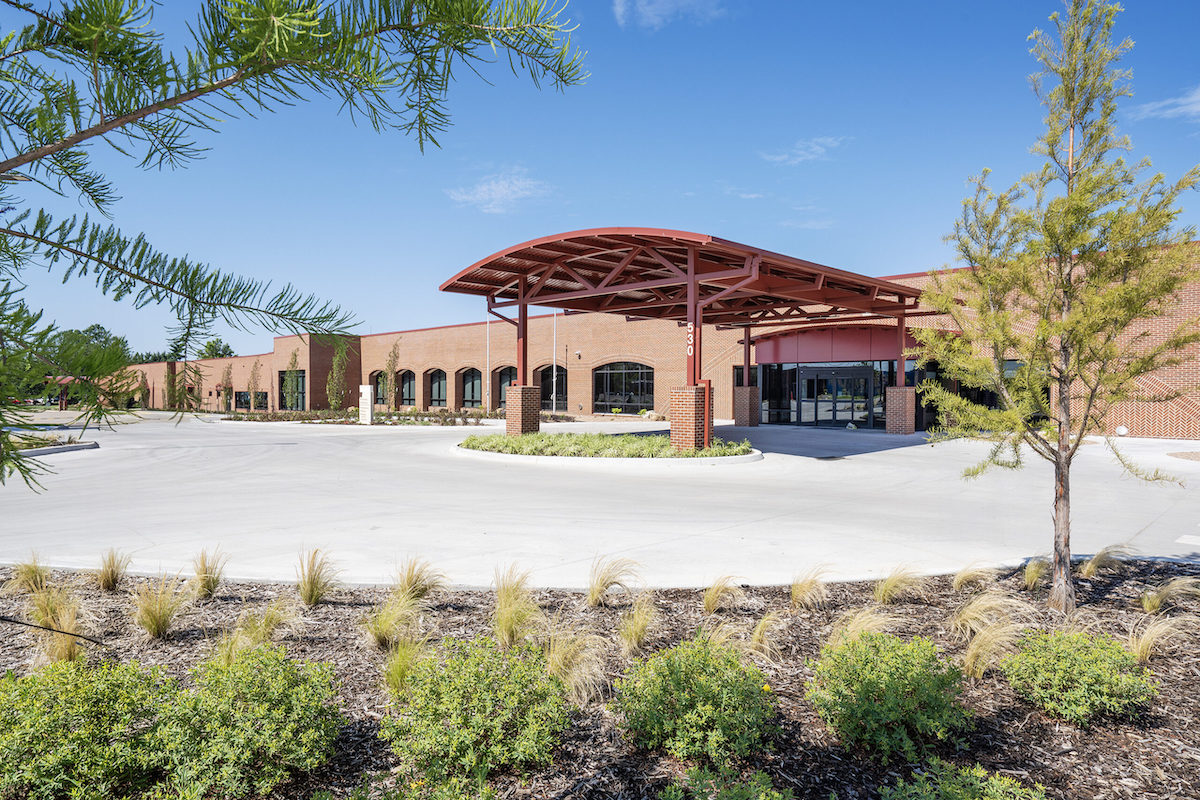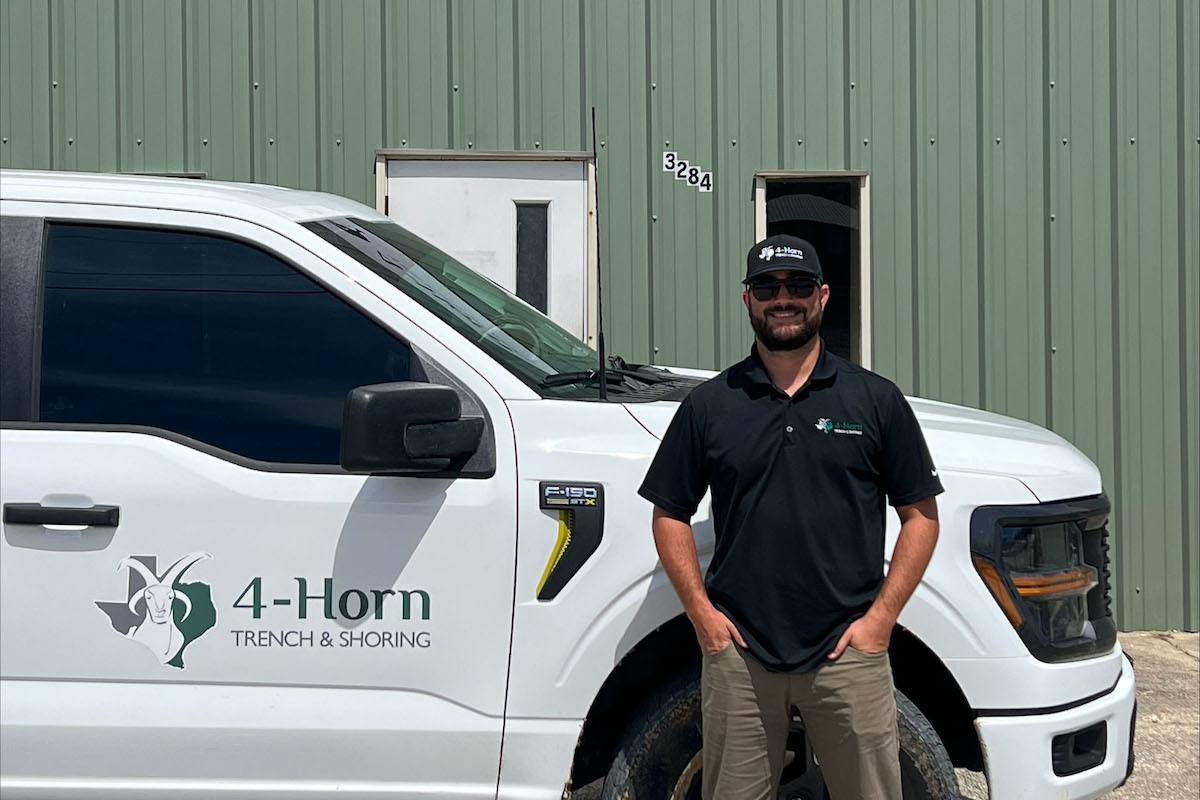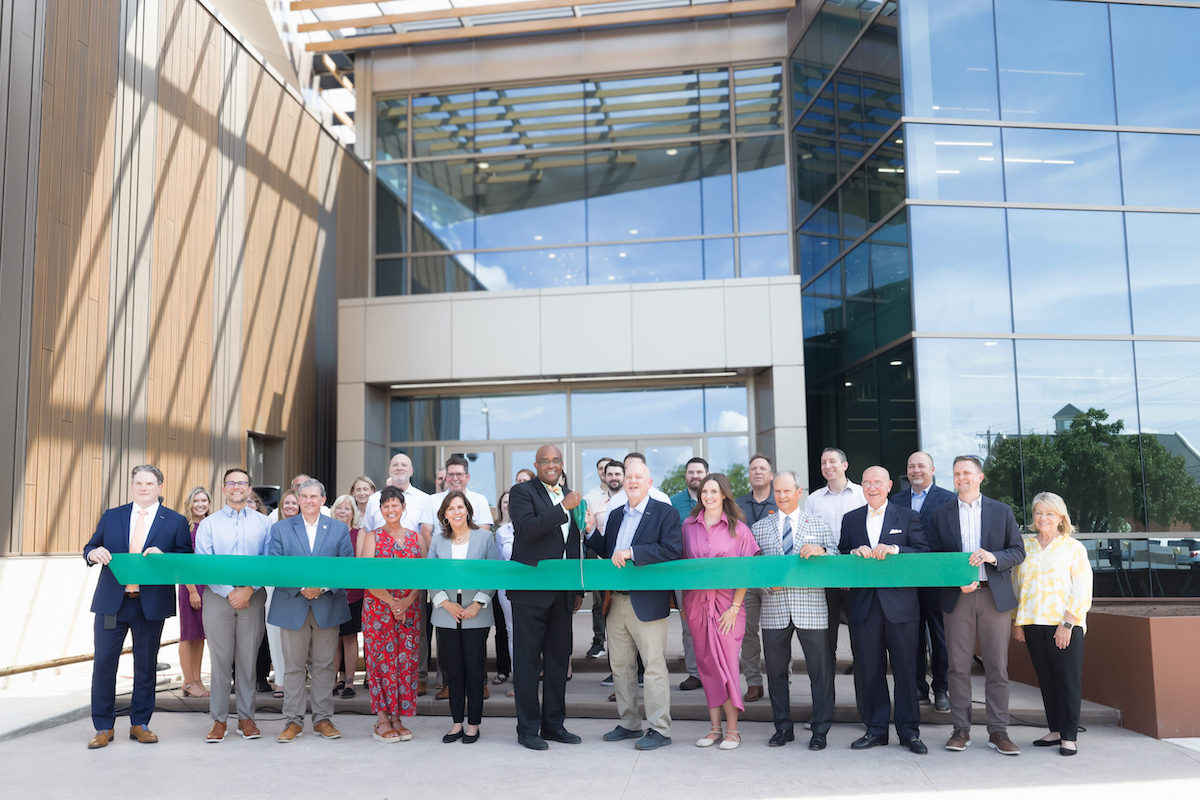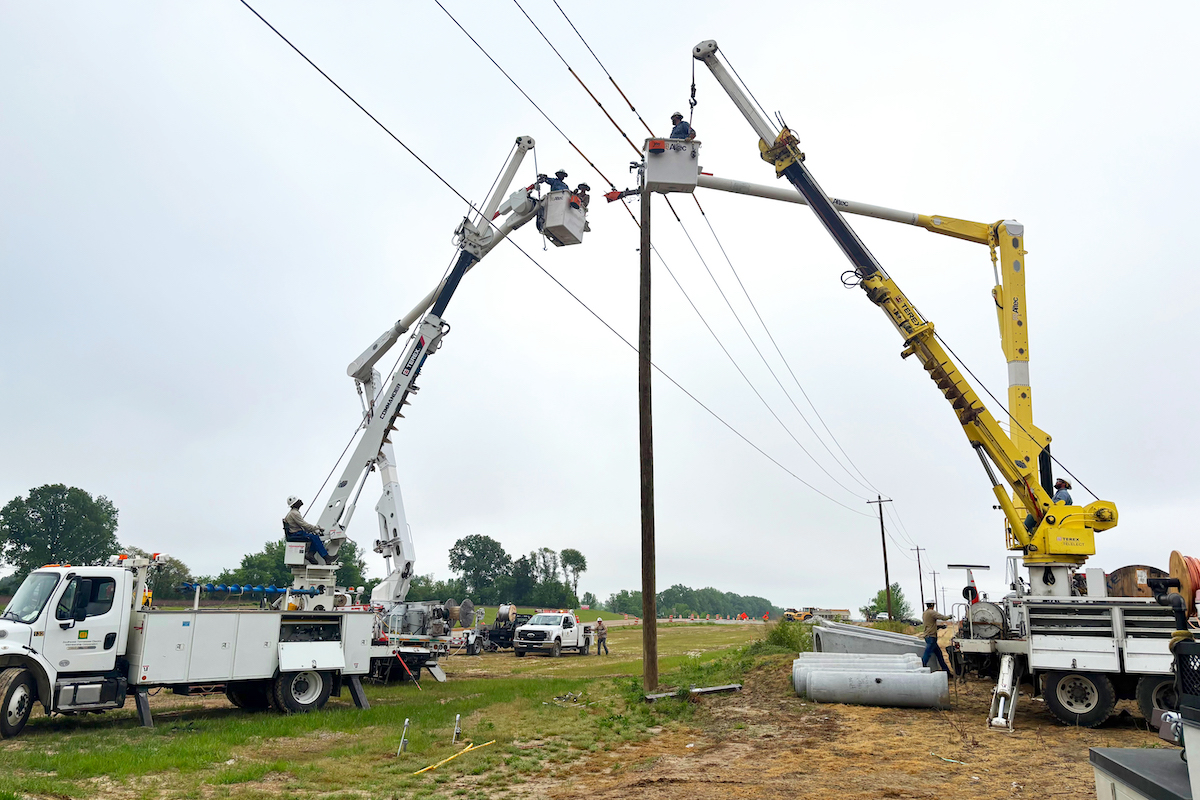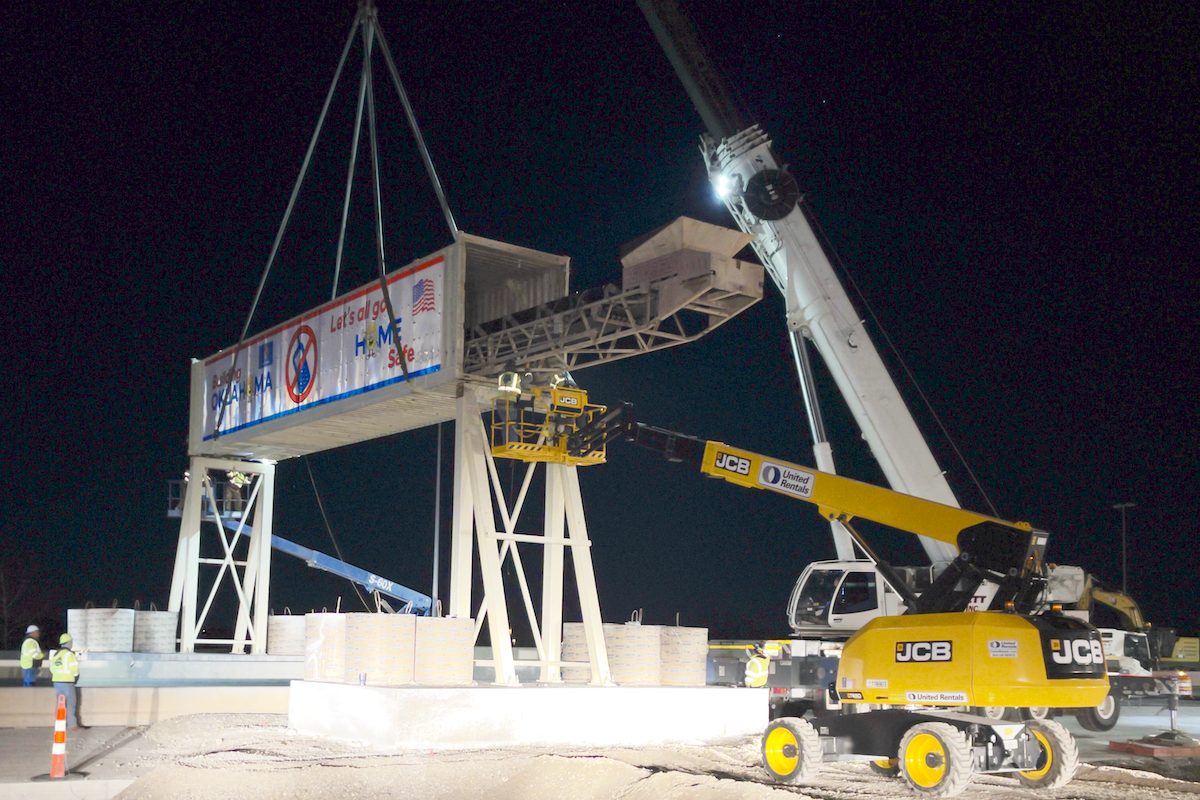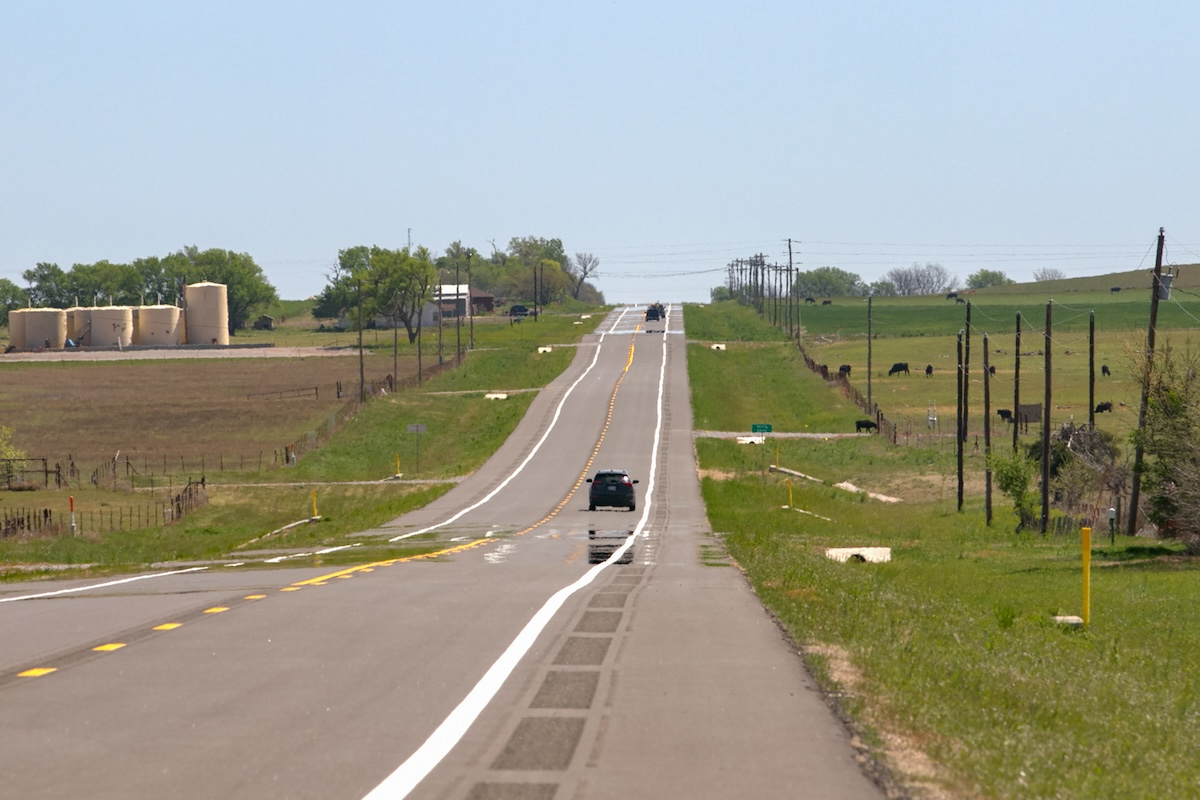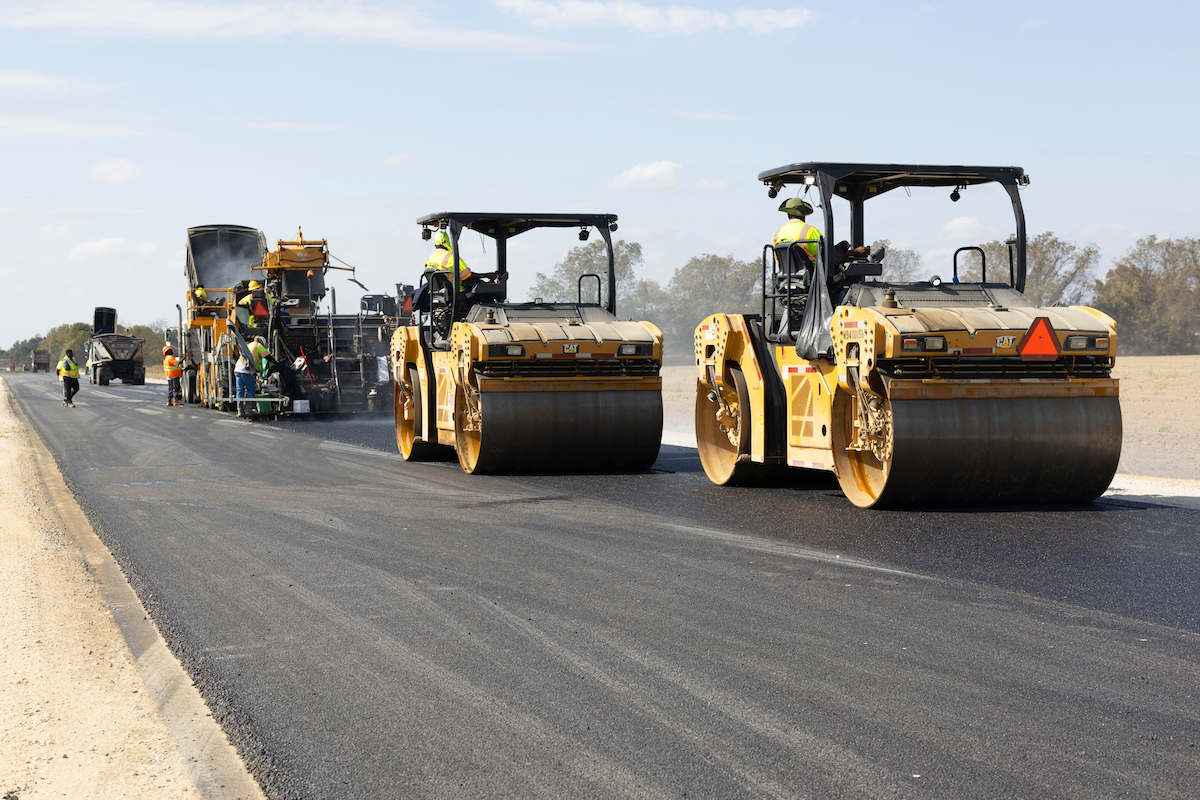While the Virginia Department of Transportation (VDOT) was tunneling at the confluence of the James River and the Chesapeake Bay for the Hampton Roads Bridge-Tunnel (HRBT) Expansion Project, they came across something quite extraordinary.
“Somehow, somebody on our slurry treatment plant stopped and said, ‘Hang on a second. We need to stop production,’” said Ryan Banas, Expansion Project Director for VDOT.
Between the depths of 70 and 110 feet below the bottom of the bay, the miners encountered the remains of a mastodon from the Ice Age.
While the thought of unearthing fossils may conjure up images of Indiana Jones in remote desert locations, not all fossils are discovered by skilled experts combing through the earth on special expeditions.
According to the University of California Berkeley, many fossils are found by accident — particularly during construction projects. Fossils such as whales, mammoths, and sloths have been found while digging foundations for buildings, leveling land for highways, and excavating subway tunnels.

| Your local Case Construction Equipment Inc dealer |
|---|
| ASCO Equipment |
The state of Virginia has its fair share of fossils, and in fact ranks 10th on Stacker’s list of states having the most. VDOT’s discovery was the third mastodon found in the state, and the team took careful steps to call in experts and treat the artifacts with care.
In order to dig through soil and construct tunnel segments simultaneously, the Virginia crews are using a highly specialized tunnel boring machine (TBM) from Germany. The TBM, longer than a football field, is creating Virginia’s first bored roadway tunnel, only the third in the United States.
Slurry, a mixture of water, clay, and other additives, as well as the agitated soil from the TBM’s cutter head, travels back the length of the tunnel through a 22-inch steel pipe. It then goes through a treatment plant, which can handle up to 16,000 gallons of slurry a minute, or the equivalent of a fully loaded dump truck every 10 seconds.
Once the material is separated, it travels onto a conveyor. That day, one of the slurry treatment plant operators saw something that did not look quite right. He stopped the process and recovered the artifacts off the conveyor belt.

| Your local Hitachi dealer |
|---|
| CLM Equipment Co |
“We were notified at that point that it looked like we had some type of remains or bones, but we didn’t really know what they were because they had just come out of the machine,” Banas said. “At that point, the machine was at a depth of 110 feet.”
VDOT employs an Environmental Manager, Larissa Ambrose, with expertise working with different government agencies in Virginia. She quickly made a phone call to Virginia's historical resources personnel, as well as to the Department of Historical Resources.
They discussed that there had been a type of artifact, likely some type of bone material, discovered about 100 feet below the bottom of the bay.
“The advantage we had was that we were mining, and we really don't have the opportunity to stop and then slowly uncover what may be in front of us,” Banas said. “Although they were going to have to investigate, there was nothing we could do, so they said to please continue mining and to keep an eye on things.”

| Your local Komatsu America Corp dealer |
|---|
| WPI |
| Kirby-Smith Machinery |
The team kept mining and kept a close eye on the conveyor belt at their slurry treatment plant. However, they never found additional artifacts.
“It’s very likely that we did digest some other artifacts at some point, but we just weren’t aware because of the vast volume of material,” Banas said. “It really was that eagle eye of one of our slurry treatment plant operators who happened to catch a glimpse of something that didn't look like everything else.”
Approximately a dozen artifacts ranging up to 8 inches in length were turned over to Adam Pritchard, Ph.D., Assistant Curator of Paleontology at the Virginia Museum of Natural History. Pritchard’s team cleaned them, performed an inventory, photographed and took measurements, and examined the Smithsonian archive for other fossils that had already been uncovered.
One of Pritchard's colleagues, Lucy Treado, Paleontology Research Technician, thought one of the VDOT artifacts looked like a mastodon tooth. Mastodons are closely related to wooly mammoths but much older, going back 27 million years, and they have one key difference — they have very pointed teeth.

| Your local Yanmar dealer |
|---|
| CLM Equipment Co |
| WPI |
Only 20 miles away, Pritchard’s team happened to be processing the remains of another mastodon in the region that has been known about for decades, but they had never had permission to go and recover the remains until recently.
“We have so much geologic data from the geotechnical sampling, that they were able to closely estimate the date range of the soil deposits,” Banas said. “So between 12,000 and 50,000 years ago, that mastodon wandered into a freshwater mud pit. And thousands of years later, he popped up and here we have him, likely when those deposits were left in the channel.”
Banas credits Pritchard and his team at the Virginia Museum of Natural History with a great partnership that has formed out of the circumstances.
“They have been very kind getting on the phone with us multiple times, talking through, answering questions,” Banas said. “We do a lot of public outreach through social media and other communication, and as you can imagine, this sparks a lot of interest. My 4-year-old son Henry thinks this is the coolest thing. He’s the most jazzed up little kid ever about this right now.”

| Your local NPK Construction Equipment Inc dealer |
|---|
| WPI |
In October, VDOT opened a Welcome Center to showcase the HRBT Expansion Project and its funding mechanism, to display the artifacts excavated during construction, and to tell the history of the Hampton Roads Tunnels and the pioneering NASA engineers for whom the tunnel boring machine and slurry treatment plant are named (Mary Jackson and Katherine Johnson).
The center houses a 10-foot model of the TBM and a model of the slurry treatment plant, televisions displaying videos of the project’s progress, and a podcast corner to listen to interviews about the construction of the new tunnels, bridges, and roadway widening.
The mastodon tooth, along with vertebrae, ribs, and other limb bones are on display. The fossils are on loan from the Virginia Museum of Natural History for the duration of the project, and then VDOT will have an opportunity to showcase them in the Hampton Roads region, or they will be sent back to the Virginia Museum of Natural History and put in their inventory.
“The mastodon is our coolest discovery,” Banas said. “But prior[ly] on the project, we have found nine Civil War-era cannon balls to date during different stages of excavation. We know those date back to the time of the Battle of the Ironclads, which happened here in the Hampton Roads Harbor. We are very steeped in military tradition, whether it's Revolutionary War, Civil War, etc.”

| Your local Wirtgen America dealer |
|---|
| Kirby-Smith Machinery |
The Welcome Center is located on the site of the former Norfolk Visitors Center. A partnership between VDOT, the City of Norfolk, the U.S. Navy, and the Hampton Roads Transportation Accountability Commission made the center a reality.
“I see it as a huge opportunity for us to not only talk about the TBM and the project, but really as an educational center,” Banas said. “We are a massive project, and I really hope to inspire people and help educate school kids about all of the amazing things that are happening right here in Hampton Roads. We are building infrastructure that will be here for generations that will completely transform this region.”
Banas said that his goal in all of their outreach is to help people appreciate the exciting work they are doing, not only from an engineering perspective, but also the work being done by all of the support staff in trades and the specialties that go into it.
“I look at this as a gateway. It is a really interesting thing to talk about and that we can use to draw people in,” Banas said. “I also think it’s an opportunity to educate the public about the heavy civil industry and the construction trades. They are something so vitally important to our economy — that ability to build good, reliable infrastructure.”

| Your local Takeuchi Mfg Ltd dealer |
|---|
| Kirby-Smith Machinery |
Chances are, contractors may also come across fossils on their construction sites. Sometimes, these discoveries are not noticed until it is too late to preserve them, but construction workers who pause work and alert the necessary authorities are hailed as heroes within the scientific community.
For example, in 1938, construction crews building a highway in Colorado uncovered rock slabs covered with dinosaur tracks. Those finds led to the creation of the Dinosaur Ridge Museum. Just days ago, a California construction project renovating San Pedro High School in California uncovered fossils ranging from a saber-toothed salmon, shorebirds, and sea turtles to a prehistoric megalodon.
At the beginning of a project while doing initial environmental reviews, experts recommend historic preservation planning be taken into account. This step can eliminate — or at least reduce — the chance of “any surprises” during construction.
Banas suggests engaging stakeholders early. He and his team developed a good relationship with the Department of Historical Resources, checking in with them, and engaging experts when they needed them to step in and make a judgment quickly so construction was not delayed.

| Your local ASV dealer |
|---|
| CLM Equipment Co |
“They were able and willing to do so because they were up to speed on the project,” Banas said. “They knew that we were open and honest with them, and we would share everything we had, so they were very willing to help keep this project moving.”
“It’s also doing the right thing,” he added. “It would've been very easy to take something like this, see it, kick it off to the side, and not say anything, but it's being a steward of the history that we have in front of us. I mean, how cool is this that we get to talk about this?”
Editor’s Note: This is part two of the Hampton Roads Bridge-Tunnel story, which first appeared in the October issue. To read more about the archaeological process in construction, check out “How Archaeology Affects Excavation” in last month’s national section.





















